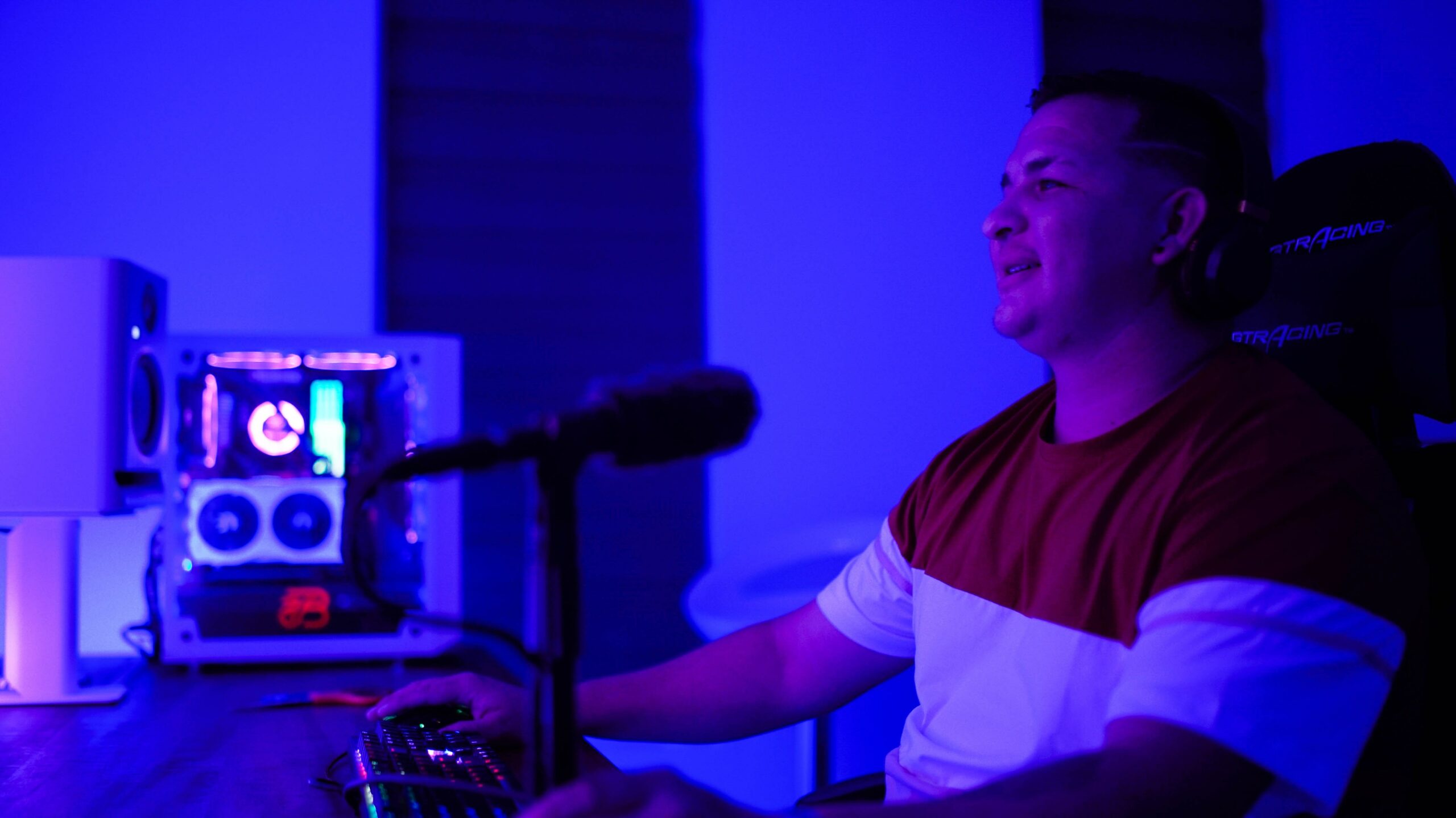Drive Atlan is Nvidia's next system-on-a-chip for autonomous driving up to Level 4, combining the Hopper architecture announced today with the successor to the Grace CPU. Nvidia presented the associated Hyperion 9 reference platform today at the GTC 2022. However, Atlan should only be ready for use in 2026 instead of 2025.
Atlan uses new hopper architecture
Nvidia presented the Atlan SoC at the GTC in April last year, when Hopper was still circulating through the rumor mill. With today's presentation of the new GPU architecture, it is now also clear to Atlan what "Ampere-Next" is all about. However, the H100 GPU with 700 watts, which was designed for the data center, will most likely not be used on the Atlan SoC. A year ago it was still said at the GTC that Nvidia expects the first vehicles with Atlan to be on the roads by 2025, but for this year's GTC there is only talk of 2026. Accordingly, the manufacturer still has time to develop smaller GPU solutions based on the new hopper architecture so that they can be integrated into the Atlan SoC.
Equipment and roadmap for Atlan
Grace successor as CPU for Atlan
In addition, Atlan relies on newly developed ARM CPU cores, which are not yet described in detail as of today. Atlan is said to use "Grace-Next", i.e. the successor to the Grace CPU, which was first announced a year ago and is scheduled to be launched in the first half of 2023. There is still a lot of information about Grace, although Nvidia has today put the new ARM CPU with 72 cores. Drive Orin, which is to be used by Mercedes-Benz in 2024, on the other hand, still relies on twelve Cortex-A78 cores from ARM and combines them with an Ampere GPU.
Drive Atlan
Together with new accelerators for deep learning and computer vision, the performance of a single-chip solution should increase to 1,000 TOPS, around four times that of Orin. How many TOPS a system installed in the vehicle ultimately achieves depends heavily on the respective configuration, such as the number of SoCs and whether additional dGPUs are installed, as is offered by Orin and Ampere. With Atlan, Nvidia seems to be saying goodbye to this structure with discrete GPUs.
Drive Hyperion 9 with Atlan instead of Orin
With Drive Hyperion 9, Nvidia today presented the reference platform for autonomous cars with Drive Atlan. Nvidia relies on three Atlan SoCs for this platform, which will be ready for use by 2026 and will take care of autonomous driving and the monitoring of drivers and passengers as well as the visualization of the assistance systems in the interior. Two Atlan are redundantly designed for driving, while a third Atlan is only intended for the interior.
Atlan is said to deliver twice the power per watt compared to Orin and be able to process data from significantly more sensors. Nvidia calls Hyperion 9 a structure with (among other things) 14 cameras, 9 radar, 3 lidar and 20 ultrasonic sensors. The interior is monitored with three additional cameras and a radar. Hyperion 8 and Hyperion 8.1 are designed for 12 exterior cameras, also 9 radar and 1 lidar. Not only the number of sensors, but also their resolution and frame rate have increased, so that ultimately twice the amount of data can be processed, says Danny Shapiro, VP of Automotive at Nvidia, in a preliminary discussion. Nvidia has not yet named suppliers for the sensors, but there is an extensive list of accepted models for the current Hyperion platform.
Drive Hyperion 9
Nvidia Drive Map
Autonomous driving according to Level 4 requires extremely precise map material, which Nvidia currently makes available via DeepMap, which Nvidia acquired last summer. For the GTC, the company is combining this high-resolution map material, which was professionally created with a corresponding fleet of vehicles, with user-generated map material for the new Nvidia Drive Map solution, which is intended to link the accuracy of its own fleet with the up-to-dateness of vehicles on the road.
Drive Map
Image 1 of 2
Nvidia wants to determine ground truth on 500,000 kilometers of roads in North America, Europe and Asia by 2024. Updates and extensions are to flow continuously over millions of regular vehicles. All vehicles that meet certain minimum requirements for Drive Map can contribute data. The entire automotive industry can access the cards, not just manufacturers who rely on Nvidia Drive.
ComputerBase has received the information about this content from Nvidia in advance under the NDA. The only requirement was the earliest possible publication date. The manufacturer did not exert any influence on the report, and there was no obligation to publish it.



